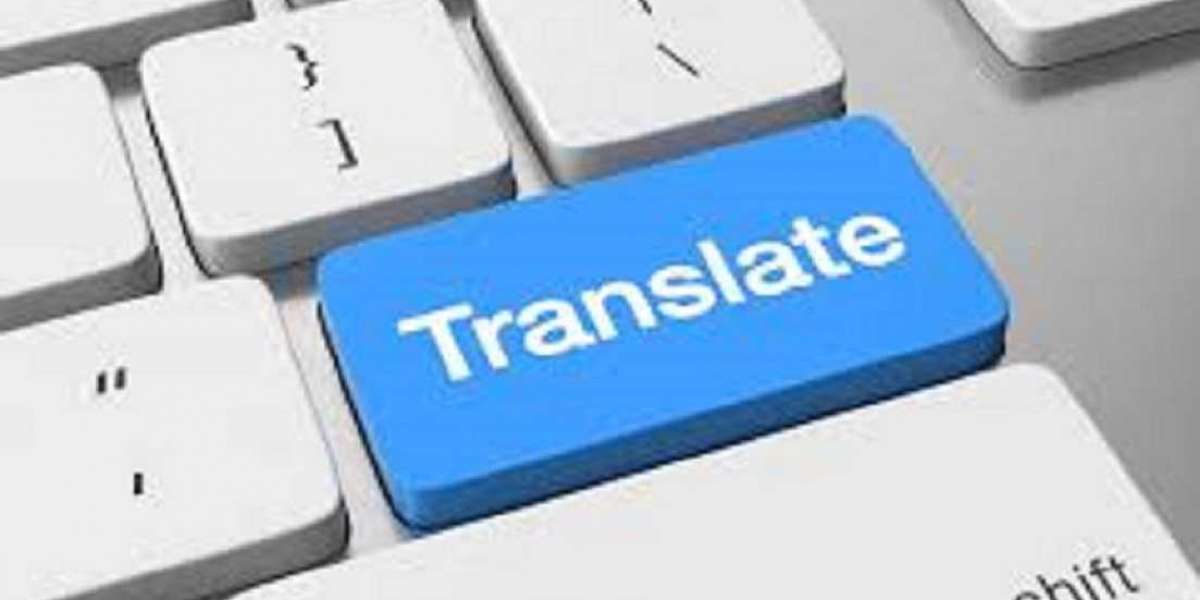In today's globalized world, translating technical documents has become a critical aspect of businesses. Technical documents are essential for communicating critical information such as user manuals, product specifications, and safety guidelines. However, translating technical documents can be a complex task that requires accuracy, precision, and expertise. In this blog, we will explore the best practices for translating technical documents and why businesses should consider using translation services.
Understand the Target Audience
One of the most critical aspects of translating technical documents is understanding the target audience. Before beginning the translation process, it is important to identify the target audience's language, culture, and level of technical knowledge. This information will help the translator to adapt the language, tone, and style of the document to suit the target audience's needs. For instance, technical documents meant for engineers may require a different level of technical language compared to documents intended for non-technical individuals.
Maintain Consistency
Maintaining consistency throughout the translation process is crucial for creating a clear and concise technical document. Consistency ensures that the document has a consistent style, tone, and language, which makes it easier to understand. To maintain consistency, businesses should consider creating a glossary of technical terms and phrases that will be used throughout the document. This glossary should be shared with the translator to ensure that they use the correct terminology throughout the document.
Use Clear and Simple Language
Technical documents can be complex and difficult to understand, even for individuals with technical knowledge. When translating technical documents, it is important to use clear and simple language to ensure that the document is easy to read and understand. Using simple language does not mean dumbing down the content. Rather, it means using language that is free of jargon, technical terms, and complicated sentence structures. Clear and simple language is essential for ensuring that the message of the document is conveyed accurately and effectively.
Proofread and Edit
Proofreading and editing are essential for ensuring that the translated technical document is accurate, clear, and free of errors. Proofreading involves checking for grammar, spelling, punctuation, and formatting errors, while editing involves revising the content to improve its clarity and coherence. Both proofreading and editing are critical for ensuring that the final document is of high quality and meets the intended purpose.
Consider Using Translation Services
Translating technical documents can be a challenging task that requires specialized skills and expertise. As such, businesses should consider using translation services to ensure that their technical documents are translated accurately and effectively. Translation services have a team of experienced translators who have expertise in translating technical documents. They also have the necessary tools and resources to ensure that the translation process is efficient and of high quality.
When choosing a translation service, it is important to consider their experience, expertise, and reputation. Look for a translation service that has experience in translating technical documents and has a team of qualified translators. You should also consider the translation service's reputation and reviews from previous clients. A good translation service should have positive reviews and testimonials from satisfied clients.
Conclusion
Translating technical documents is an essential aspect of global businesses. However, it can be a complex and challenging task that requires accuracy, precision, and expertise. To ensure that technical documents are translated accurately and effectively, businesses should consider the best practices highlighted above. These practices include understanding the target audience, maintaining consistency, using clear and simple language, proofreading and editing, and considering using translation services. By following these practices, businesses can ensure that their technical documents are of high quality, accurate, and effectively communicate the intended message.





